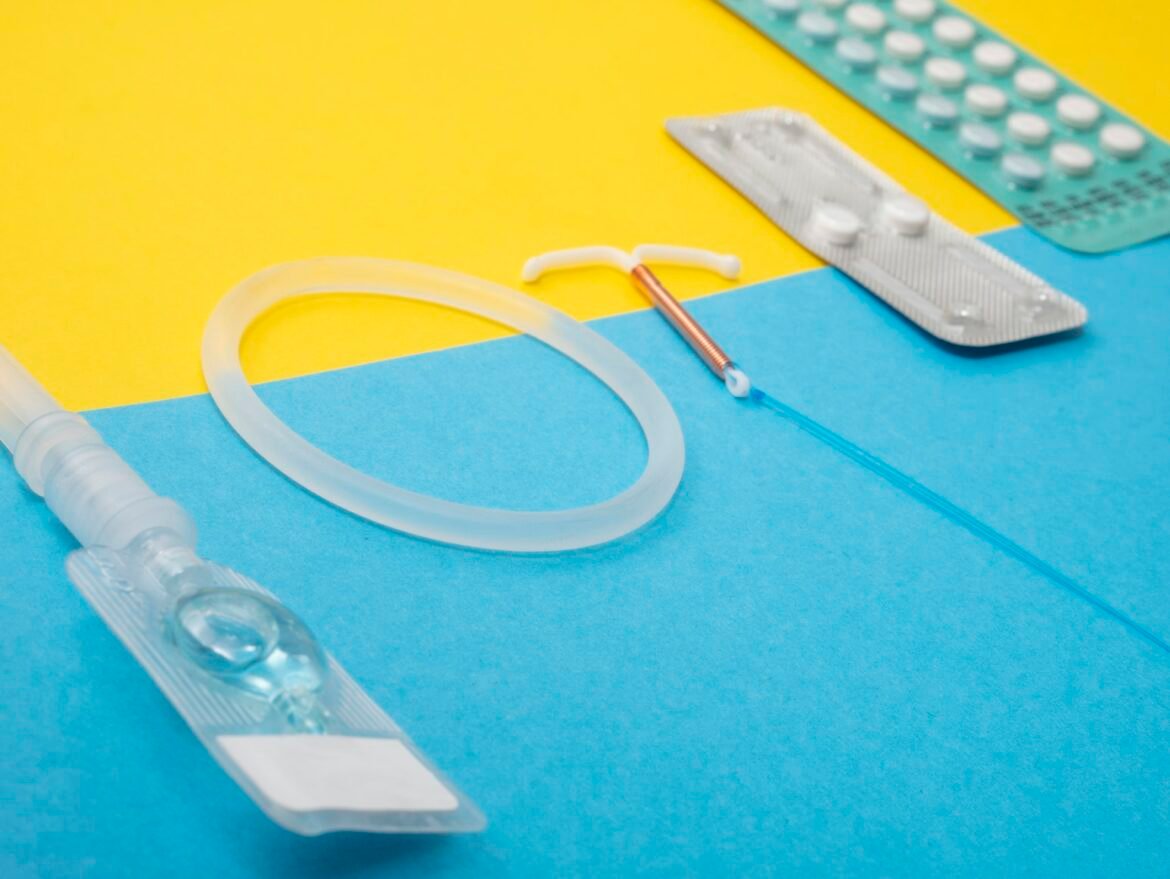The Paragard intrauterine device (IUD) provides hormone-free birth control, but like all medical devices, it carries potential risks and side effects.
Understanding these complications beforehand can empower you to make informed decisions about your body and seek timely treatment if any problems arise.
Through this article, we will overview four key areas that are important to understand regarding the Paragard IUD.
Bleeding and Cramping
Research conducted by The National Health Statistics in the United States indicated a notable surge in the utilization of IUDs, with usage rates tripling from 7.7% in 2006 to exceeding 21% between the years 2015 and 2019.
However, this surge was marred with complaints about severe side effects that came along with the IUDs. According to TorHoerman Law, many women have experienced heavier, longer periods and more cramps after getting a Paragard IUD inserted.
The presence of copper in the IUD can induce minor inflammation in the uterus, potentially causing heightened bleeding and cramping in certain women within the initial months of use.
However, these symptoms often subside within 3 to 6 months.
It’s important to track your cycles and symptoms if you get a Paragard IUD. Weighty bleeding that soaks through multiple pads or tampons per hour or severe cramps may be signs of complications.
Inform your doctor about any alarming symptoms so they can determine if the IUD needs to be checked or removed. They may also suggest medication to help control excessive bleeding.
Risk of Expulsion
Paragard IUDs carry a small risk of partial or complete expulsion from the uterus. This may occur soon after insertion or years later. Signs of expulsion include longer vaginal string, feeling the hard plastic of the IUD at your cervix, or the entire IUD coming out into your underwear or the toilet.
Expulsion rates are highest in the first 3 months after insertion but remain a small risk for the entire duration of having the Paragard IUD inserted. If you observe any signs of expulsion, employ an alternative birth control method and promptly contact your healthcare provider for assistance.
They can check if your IUD is still correctly positioned or needs to be replaced.
Infection
Whenever a foreign object is placed in a sensitive organ like the uterus, infection is a potential risk. Although a rare side-effect, harmful bacteria can get introduced during insertion, leading to infections like pelvic inflammatory disease (PID). PID and other serious infections require prompt antibiotic treatment.
If you or someone you’re acquainted with has experienced such infections after using the IUD, you may qualify to pursue legal action by filing a Paragard IUD lawsuit.
Signs of an infection may include pain or tenderness in the pelvis, fever, unusual discharge, and flu-like symptoms. Removing the IUD is often recommended so you can heal.
Perforation Risk
Very rarely (less than 1 in 1000 insertions), the thin, plastic Paragard IUD can puncture through the wall of the uterus during the insertion process. Uterine perforation usually heals on its own without complications. But in some cases, perforation allows the IUD to migrate outside the uterus into the abdominal cavity which requires surgical removal.
Symptoms of perforation may include severe abdominal pain after insertion or unexpected pregnancy due to the IUD no longer being correctly positioned.
However, sometimes perforations cause no noticeable issues initially. Your doctor can check for signs of perforation or abnormal placement with an ultrasound if needed.
Looking Beyond Paragard: Exploring the Variety of IUDs
While Paragard is a popular intrauterine device (IUD), there are many other IUD options to consider that utilize hormones or copper to prevent pregnancy. Examining the range of choices can help identify an IUD aligned with your reproductive plans.
Hormonal IUDs: Tailored Hormone Delivery
Hormonal IUDs such as Mirena, Skyla, and Kyleena contain the hormone levonorgestrel to thicken cervical mucus and impair sperm movement. Each offers varying lifespans and hormone doses to match different needs.
Mirena provides a high dose for 5 years maximizing efficacy but increasing side effects. Skyla and Kyleena have lower doses that balance effectiveness and side effects.
Copper IUDs: Avoiding Hormones
For those wishing to avoid hormones, copper IUDs like Liletta and Kyleena utilize copper’s spermicidal properties. Liletta offers copper effects for 6 years – longer than Paragard’s 5 years.
Future IUD Innovations
Exciting IUD innovations loom including extended-release hormonal IUDs lasting up to 10 years and biodegradable IUDs that dissolve over time eliminating removal.
Extended-release levonorgestrel IUDs: These offer extended protection for up to ten years, boasting reduced side effects thanks to lower and sustained hormone release rates.
Biodegradable IUDs: Imagine an IUD that slowly breaks down over time, eliminating the necessity for removal. Although still in the research and development stage, this eco-friendly alternative holds significant potential.
With numerous options, the “perfect” IUD truly depends on medical history, lifestyle, and personal preferences. Discussing your needs with a doctor can help you identify the best IUD match for you.




